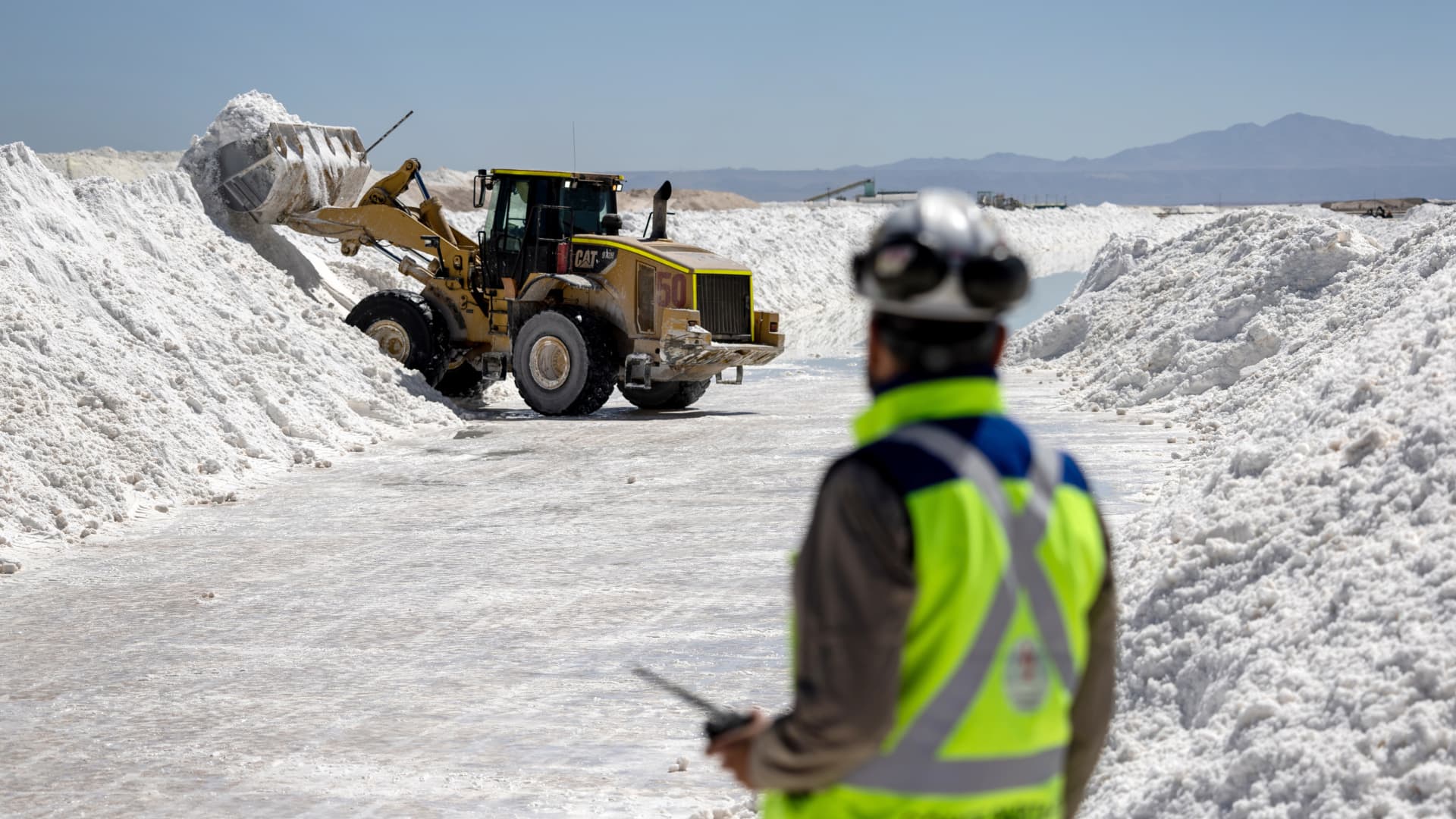Demand for the critical minerals key to a future centered around low and zero-emission technologies is surging, according to the International Energy Agency, with the energy industry’s ever-growing needs seen as a key driver.
In a new report published Tuesday, the Paris-based organization said the period between 2017 and 2022 saw a “tripling in overall demand for lithium, a 70% jump in demand for cobalt, and a 40% rise in demand for nickel.”
The IEA’s Critical Minerals Market Review said the main factor behind the increase was “demand from the energy sector.”
Investment in the development of critical minerals increased by 30% in 2022, building upon a 20% rise in 2021, the IEA said.
“Companies specialising in lithium development recorded a 50% increase in spending, followed by those focusing on copper and nickel,” it added, noting that firms in China nearly doubled their spending on investment last year.
In Dec. 2022, the IEA said renewables were on course to overtake coal and become the planet’s biggest source of electricity generation by the middle of this decade.
Such is the role that critical minerals play in the operation of technologies including wind turbines and EVs, the stakes are high.
If all the projects planned for the critical minerals sector come to fruition, there may be enough supply to meet climate pledges announced by governments, the IEA said.
There are challenges ahead, however, with the risk of delays to projects as well as “technology-specific shortfalls” providing “little room for complacency about the adequacy of supply.”
In a sign of the huge task facing the planet, the IEA said more projects would still be required by the end of this decade in order to limit global warming to 1.5 degrees Celsius, a key goal of the Paris Agreement.
The market size for minerals crucial to the energy transition hit $320 billion in 2022, a doubling across the past five years. Start-ups in the critical minerals sector raised $1.6 billion last year, a record.
The record deployment of technologies like batteries and solar PV was, the IEA said, driving “unprecedented growth in the critical minerals markets.”
Given their huge importance to low and zero emission technologies — lithium, for example, is integral to the batteries that power EVs — the development of sites that can mine and process critical minerals has a significant geopolitical aspect.
China, for example, leads the extraction of graphite and rare earths and the processing of lithium, according to the IEA’s analysis.
Despite this, the world’s second largest economy is still hugely reliant on another country, the Democratic Republic of the Congo, for mined cobalt.
Overall, the IEA’s report said there had been limited progress when it came to the diversification of supply sources in the past few years, adding that “the situation has even worsened in some cases.”
Citing its analysis of project pipelines, the IEA said there were signs of a “somewhat improved picture” for mining, but added that refining operations were a different story.
“The majority of planned projects are developed in incumbent regions, with China holding half of planned lithium chemical plants and Indonesia representing nearly 90% of planned nickel refining facilities.”
The sustainability credentials of the entire critical minerals industry needs work, too. The IEA said water withdrawals had nearly doubled between 2018 and 2021, while greenhouse gas emissions were stubbornly high.
“At a pivotal moment for clean energy transitions worldwide, we are encouraged by the rapid growth in the market for critical minerals, which are crucial for the world to achieve its energy and climate goals,” Fatih Birol, the IEA’s executive director, said.
“Even so, major challenges remain,” Birol added. “Much more needs to be done to ensure supply chains for critical minerals are secure and sustainable.”
